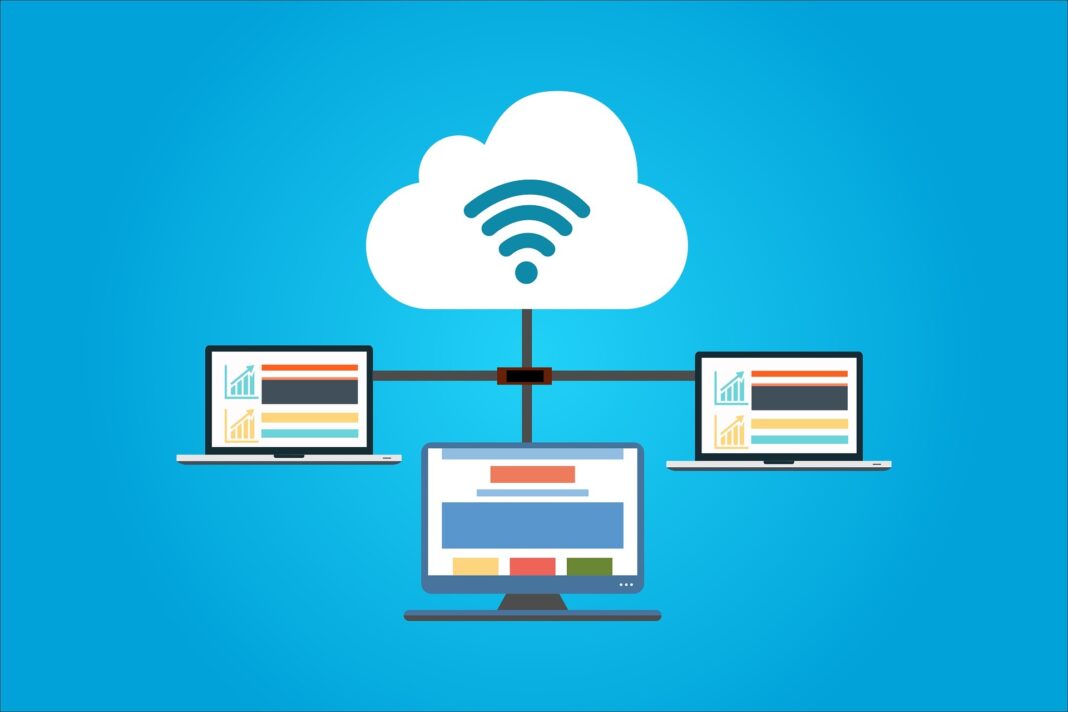A large number of NSPs (network service providers) offer users a variety of ways to connect to the cloud. However, if you are not familiar with this area it can be quite difficult for you to understand confusing terms. Direct connection, IP connection and cloud interconnect are just some of them. But what do they really mean? However, with the right explanation, you can create a clear picture of what a cloud interconnect really is and how it works. And achieve that in a very short time.
The way things worked in the past
In the recent past, using the public Internet was the only way to connect to the CSP (Cloud Service Provider). However, we all know the main disadvantages of using the public Internet: latency and lack of security. Over time, customers have imposed high demands on CSPs in terms of cloud performance. They wanted these performances to be at a much higher level and to overcome unreliability and low bandwidth.

What is cloud interconnect?
Although today cloud connectivity can still be achieved using the public internet, we can say that this option is quite outdated. Nowadays, the use of a private, dedicated network is preferred, as is the case with cloud interconnect.
Google cloud interconnect is an option that allows you to very easily and quickly transfer your data between your local and Google Cloud VPC networks without using public internet. It is based on the transmission of traffic through a dedicated connection, which bypasses a number of obstacles that otherwise slow down traffic and lead to low performance. The main benefit of Cloud interconnect is that it has a very low latency (which is always desirable), while, on the other hand, it provides the desired level of security and protection.

Benefits of using cloud interconnect
- As we mentioned: the biggest benefit of cloud interconnection is bypassing the public internet, which means bypassing a number of obstacles that could lead to a slowdown in traffic or its complete decline
- Cloud interconnect is a much more reliable alternative that at the same time provides a higher level of security
- You can use your local network to access the internal IP addresses of your VPC network (it is not necessary to use a VPN tunnel or NAT device)
- Depending on your requirements and needs, you can scale the connection capacity to achieve the desired performance
- Allows you to reduce your egress costs by optimizing egress traffic from your VPC (Cloud VPN doesn’t offer this option)
Conclusion
Although NPSs offer different options when it comes to cloud connectivity, it can be difficult to understand what complicated terms mean. The story is basically very simple. In the past, connecting to the CPS was only possible via the public internet. Today, this has been overcome and alternatives using private, dedicated networks are being offered. Cloud interconnect is one of the alternatives that provides a much higher level of reliability, reduces latency and increases bandwidth, thanks to bypassing the public internet and all the obstacles it brings with it. Cloud interconnect offers a number of benefits that can benefit you if you are trying to maximize the potential of your Google cloud.




